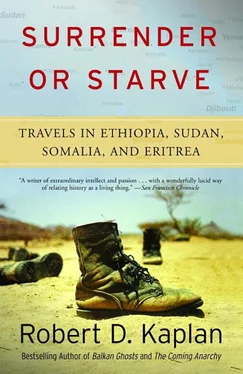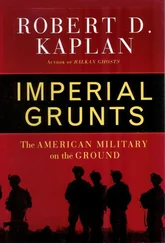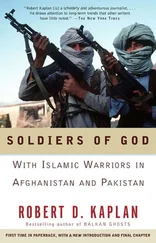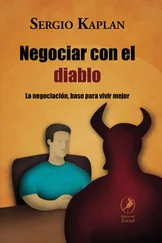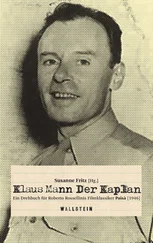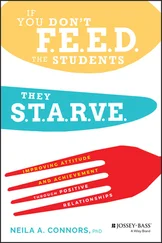Hoben wrote that “to extend its economic control over agriculture, the government has reimposed taxation, established a government marketing agency, fixed prices, experimented with production quotas imposed on peasant associations, and interfered increasingly with private grain trade. Not surprisingly, these measures have reduced the peasants’ incentives to produce.”
Correspondent Paul Vallely described this policy in progress in an article entitled “How Mengistu Hammers the Peasants” in the March 1, 1985, issue of The Times of London.
The government men were lying in wait for the peasant farmers in the market place of the small town of Areka. The harvest of teff, Ethiopia’s staple grain, had not been plentiful in the southern province of Sidamo but at least that meant, the peasants thought, that they would get a good price for what little surplus they had. They were reckoning without the fixed-price marketing strategy of Mengistu’s government.
There was almost a riot in Areka that day. The officials from the Agricultural Marketing Corporation waited until most of the peasants had brought their teff into the dusty market place and then made themselves known. They announced the official price they had decided on and told the farmers that the AMC would buy their entire stock.
The price was ludicrously low. The peasants protested. Some even began to gather up their grain saying they would rather not sell at such a price. The AMC men then announced that no one would be allowed to withdraw his produce. The farmers began to shout and drag their grain away. The AMC men were jostled. Then the government heavies moved in and the peasants knew they had no choice but to comply.
The effects of this policy were made clear to Clifford D. May, who observed in the December 1, 1985, issue of The New York Times Magazine that while famine ravaged the north of Ethiopia, in the central province of Shoa outside Addis Ababa, grain was going unpicked because farmers didn’t want to sell at the official price. But these facts never have been taken into account by the Ethiopian authorities. At the end of the last decade, although every available statistic pointed to the failure of made-in-Moscow agricultural philosophy, the regime pushed ahead with Soviet-modeled policy and went one step further by beginning the resettlement of peasants from the north to the south against their will. In the eyes of the Dergue, incontrovertible data are mere obstacles to be overcome by the force of ideology. While production suffers, a rural power base is built. (Even in the campaign to increase literacy—one of the regime’s few undeniable success stories—extending the central government’s control over the peasants is a principle theme. Amharic is the language of instruction throughout the country, and the textbooks are a vehicle for Marxist indoctrination.)
In the early 1980s, disastrous agricultural policies, drought, and two major government offensives against guerrillas in Eritrea and Tigre—which devastated the land, the peasant farmers who worked it, and the livestock—resulted in the worst famine since the 1932–1933 famine in the Ukraine. As in the Ukraine, untried, theoretical principles of collectivized agriculture were inflicted on a peasantry burdened by centuries of feudalism, which had been the target of government–inspired ethnic discrimination.
While hundreds of thousands began to die in the northern provinces of Gondar, Wollo, Tigre, and Eritrea, the Dergue spent an estimated $200 million in September 1984 on celebrations marking the tenth anniversary of the revolution. The event was supervised by North Koreans, and dignitaries from all over the Eastern bloc attended. By then, Mengistu was in all but name the new emperor—one of the strongest in the two-thousand-year-long history of the empire. Time chief of correspondents Henry Muller and the magazine’s Nairobi bureau chief, James Wilde, were perhaps the only U.S. journalists to have ever interviewed the Ethiopian leader. They described their summer 1986 interview in an article in Time (August 4, 1986).
[Mengistu] sat at the head of a long U-shaped table in a sparse conference room decorated with portraits of Marx and Lenin…. Throughout the four-hour interview, he remained statue-still, his impassive face animated only by an occasionally furrowed brow. Mengistu refused to answer any questions that had not been previously submitted. While he spoke softly, his words carried a tone of icy, uncompromising certitude. Not once did his eyes focus on his guests: at times he appeared to be speaking to an unseen audience, or to the portraits on the wall.
After the tenth anniversary celebrations, the magnitude of the famine finally forced itself on the Dergue’s attention. Western television crews were allowed into the country. The Western public’s response was dramatic: a Soviet ally was not going to be undermined by a famine the way a U.S. ally was a decade before. U.S. congressmen rushed to Addis Ababa to meet with Ethiopian government officials and to see what could be done to alleviate the suffering. Christopher J. Matthews, an administrative assistant to the U.S. Speaker of the House, was part of a congressional delegation that met with Mengistu. According to Matthews in an article that appeared in The New Republic (January 21, 1985), the Ethiopian leader described the famine thus: “The death toll in human and animal lives is really astounding. …Hardest hit in the human bracket are children and senior citizens.”
At least the Dergue was keeping count. During the famine in the Ukraine, according to scholar Robert Conquest in The Harvest of Sorrow, the Kremlin kept figures for livestock mortality, but not for human mortality.
The Dergue’s own Relief and Rehabilitation Commission (RRC) had turned its attention to the famine much earlier. (The RRC was another of the handful of solid achievements for which the regime properly received credit.) Mindful of the role the 1973–1974 famine played in toppling the emperor, the Dergue created the RRC soon after the revolution to serve as a separate, governmental authority for dealing with food shortages and related matters. For years, the RRC had been predicting terrible consequences if more help from the West was not forthcoming, and in the RRC’s annual aid request issued on March 30, 1984—seven months before television footage from the relief camp at Korem finally galvanized Western governments into action—the commission stated with impressive accuracy the extent of the emerging famine.
The Reagan administration was universally criticized for not responding to these prescient cries for help sooner. After an RRC plea in October 1982, only 8,000 tons of grain were pledged by Washington, compared with 400,000 given in the first six months after the October 1984 plea, when President Reagan was under intense public pressure to do more. It goes without saying that had the administration been more generous in 1982 and in the year following, more lives would have been saved, and in a perfect world, the harsh judgments rendered against the administration would have been fully justified. But to argue, as many have, that President Reagan was prepared to let Ethiopian children die because their government was communist is to miss the point. Had the Dergue, in 1982 and 1983, evinced even the slightest inclination toward flexibility in its agricultural policies, the U.S. government and other donors might have been more compassionate. Stalinist economics and the two largest government offensives against the Eritrean and Tigrean guerrillas in the history of the war were dooming northern Ethiopia to be forever on the brink of famine. The United States obviously did not want to get into the position of subsidizing a regime that was burning crops and dropping cluster bombs in the drought zone with one hand and using its relief agency to beg with the other.
Читать дальше
